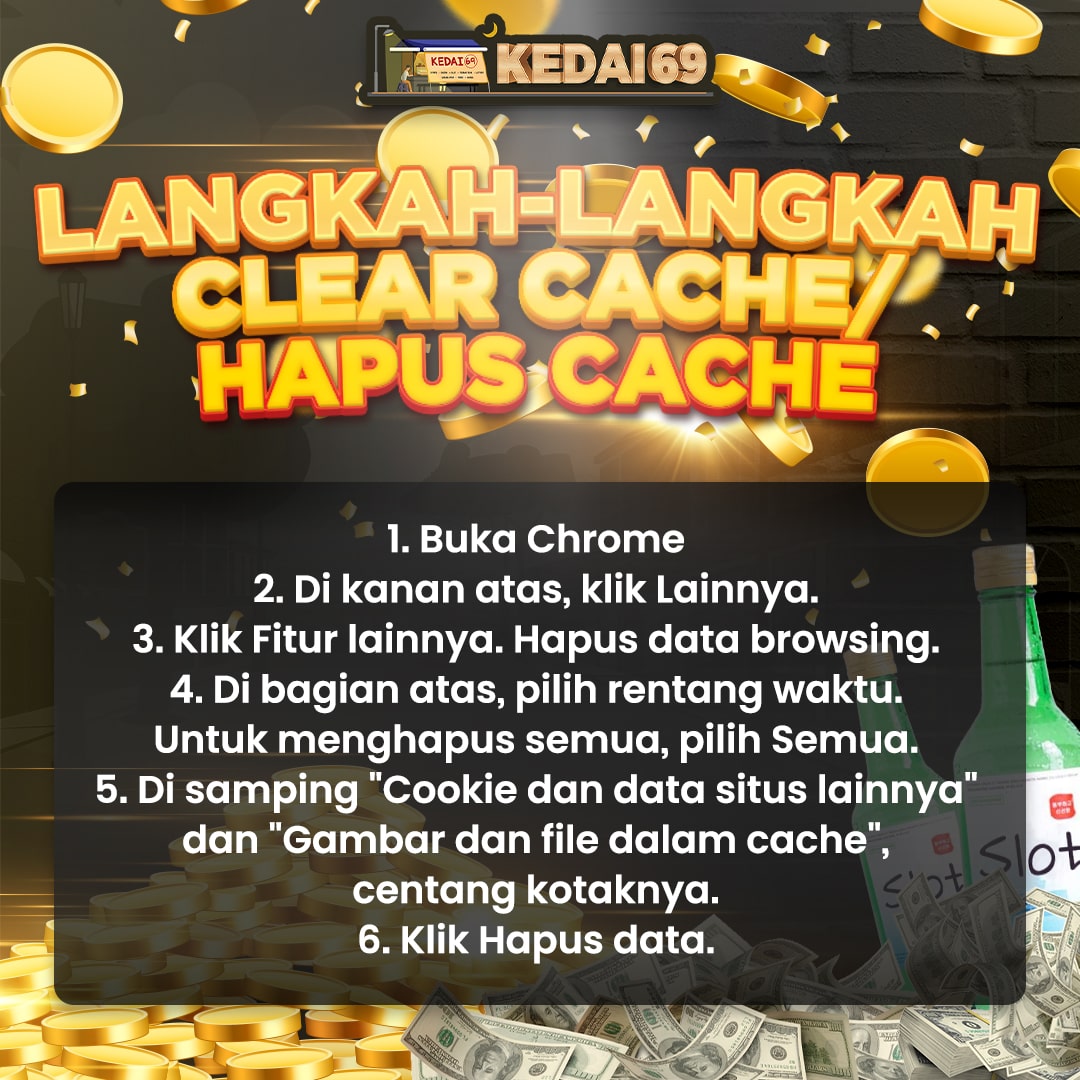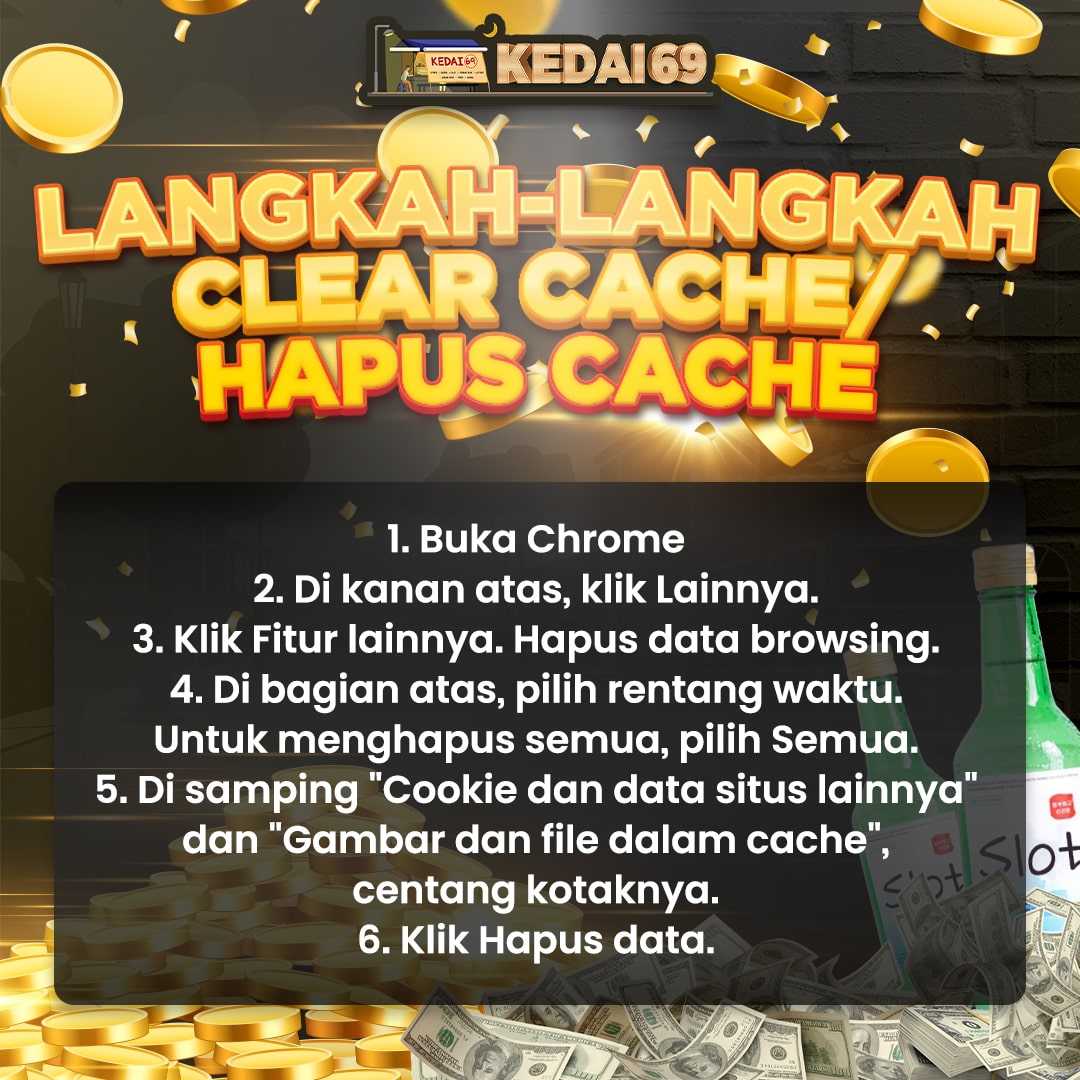Kedai69
KEDAI69 > Live Situs Game Slot Gacor Terbaik Malam Ini
KEDAI69 > Live Situs Game Slot Gacor Terbaik Malam Ini
Share
Couldn't load pickup availability

Kedai69 merupakan situs slot resmi dengan berbagai pilihan terbaik game slot gacor malam ini yang bisa Anda coba dan buktikan langsung kegacoran serta tingkat kemenangannya yang sangat mudah dicapai dibantu oleh beberapa tips atau rekomendasi pola jitu dan cara pasang nilai taruhan terbaik hari ini untuk mengurangi risiko kekalahan dan juga melatih kemampuan, emosi dalam bermain slot gacor terbaik malam ini.
Kedai69 dikenal sejak tahun 2021 dan banyak direkomendasikan oleh beberapa youtuber slot juga provider slot online dunia seperti Pragmatic Play, Pocket Game Soft (PG Soft), Top Trend Gaming, YGG Drasil, Slot88, Joker123, Spadegaming dan masih banyak lagi lainnya merekomendasikan kepada setiap pemain slot dunia juga khususnya di Indonesia untuk memberantas penipuan situs slot abal-abal yang mencoba melakukan penipuan transaksi deposit Anda.


